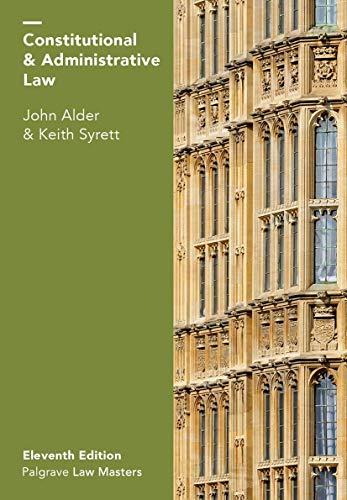Question
Please answer this discussion post below thoroughly and detailed. In the criminal justice system, the transfer of juveniles to adult court is a complex process
Please answer this discussion post below thoroughly and detailed.
In the criminal justice system, the transfer of juveniles to adult court is a complex process that varies by jurisdiction and involves several procedures aimed at ensuring fairness and accountability. The transfer procedures for juveniles typically include judicial waiver, prosecutorial discretion, statutory exclusion, and concurrent jurisdiction. Judicial waiver, also known as judicial transfer or discretionary waiver, involves a judge's decision to transfer a juvenile's case from juvenile court to adult court based on factors such as the seriousness of the offense, the juvenile's age, criminal history, and amenability to rehabilitation. This procedure allows for individualized consideration of each case and provides the juvenile with an opportunity to present evidence and arguments for why they should remain in juvenile court. Prosecutorial discretion, on the other hand, grants prosecutors the authority to decide whether to file charges against a juvenile in adult court. Prosecutors may consider various factors, including the juvenile's age, the nature of the offense, and the juvenile's criminal history, when making this decision. While prosecutorial discretion provides flexibility in handling juvenile cases, it also raises concerns about potential biases and inconsistencies in decision-making. Statutory exclusion, also known as legislative waiver or automatic transfer, mandates the transfer of certain juvenile cases to adult court based on specific criteria outlined in state laws. These criteria often include the age of the juvenile, the seriousness of the offense, and prior criminal history. Statutory exclusion removes judicial and prosecutorial discretion from the transfer process, leading to concerns about fairness and due process for juveniles. Concurrent jurisdiction allows both juvenile and adult courts to have jurisdiction over certain cases involving juveniles charged with serious offenses. In such cases, prosecutors may choose whether to file charges in juvenile or adult court, and judges may decide whether to transfer the case between courts based on factors such as the juvenile's age, amenability to treatment, and public safety considerations. Concurrent jurisdiction aims to balance the rehabilitative goals of the juvenile justice system with the need for accountability and public safety. Overall, the transfer procedures for juveniles involve a careful balancing of competing interests, including the protection of juveniles' rights, public safety concerns, and the goal of rehabilitation. Each procedure has its advantages and drawbacks, and decisions regarding transfer should consider the unique circumstances of each case while striving to achieve justice and accountability.
Step by Step Solution
There are 3 Steps involved in it
Step: 1

Get Instant Access to Expert-Tailored Solutions
See step-by-step solutions with expert insights and AI powered tools for academic success
Step: 2

Step: 3

Ace Your Homework with AI
Get the answers you need in no time with our AI-driven, step-by-step assistance
Get Started


